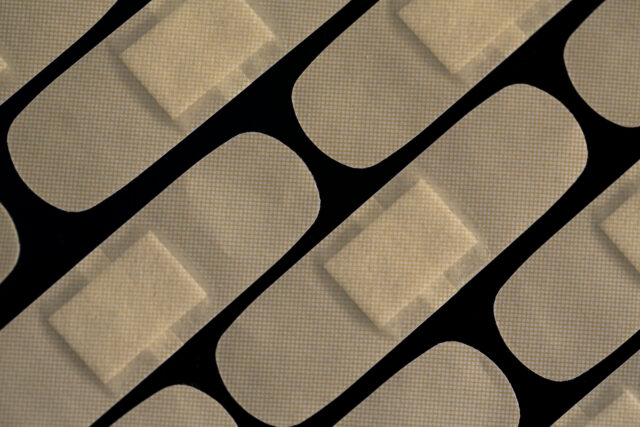Last year, Medicare spent over $10 billion on dubious bandages—called skin substitutes—that come with eye-popping prices. Some are made from medical waste, like dried bits of discarded placentas or infant foreskin, and many have not gone through rigorous testing to prove they offer any advantage over standard bandages. Yet, in some cases, Medicare reportedly paid for bandages priced at more than $21,000 per square inch. And individual patients have quickly racked up bills over $1 million just for their bandaging—some who puzzlingly didn't even have a wound.
Private insurance companies largely do not cover these bandages, declaring many of them "unproven and not medically necessary." But Medicare's current coverage seems to tie back to a rule change in 2020 that opened the door to broader use of them—and the market for these dubious skin substitutes, often used for diabetic ulcers, exploded. Since 2023, more than 100 new products have been introduced, according to an investigative report from The New York Times in April.
The Times investigation highlighted two big reasons why they're so pricy: First, due to an oddity in pricing rules, Medicare initially sets the reimbursement rate for the bandages at whatever price the manufacturer chooses—for the first six months at least. The second is that doctors are granted steep discounts, incentivizing them to use the pricy products for bigger reimbursements. After the initial six-month period, Medicare reimburses only what doctors pay after manufacturer discounts. However, some bandage makers get around this by just rolling out new products that are suspiciously similar to the old ones, maintaining the large reimbursement rates.



 Loading comments...
Loading comments...
